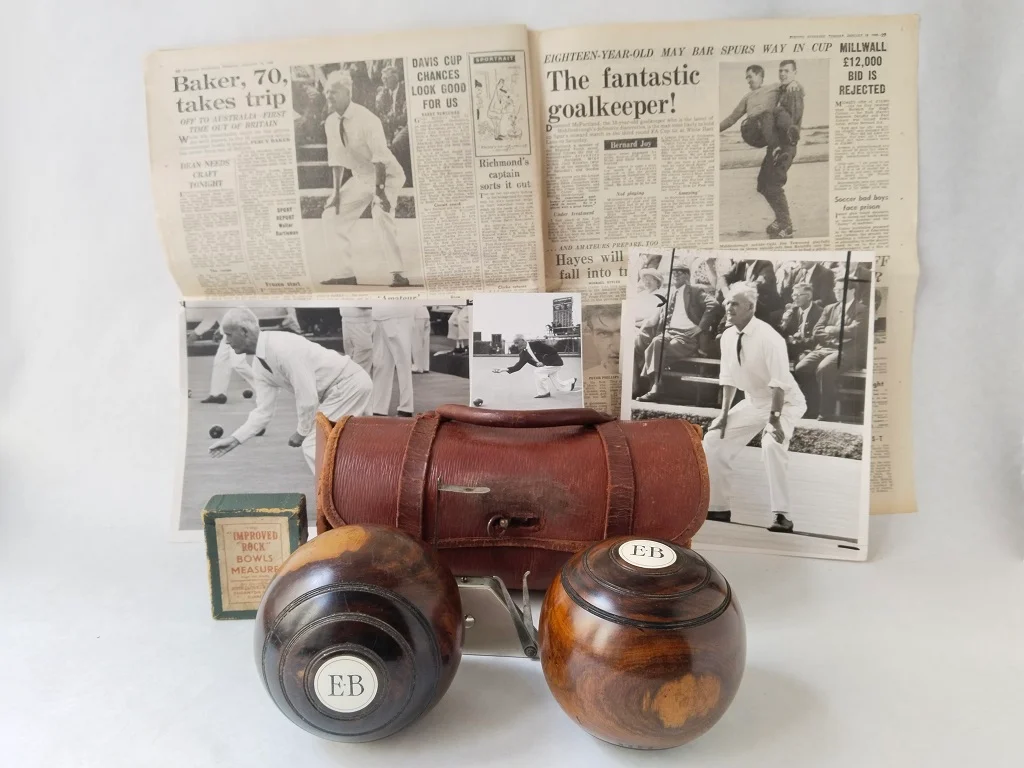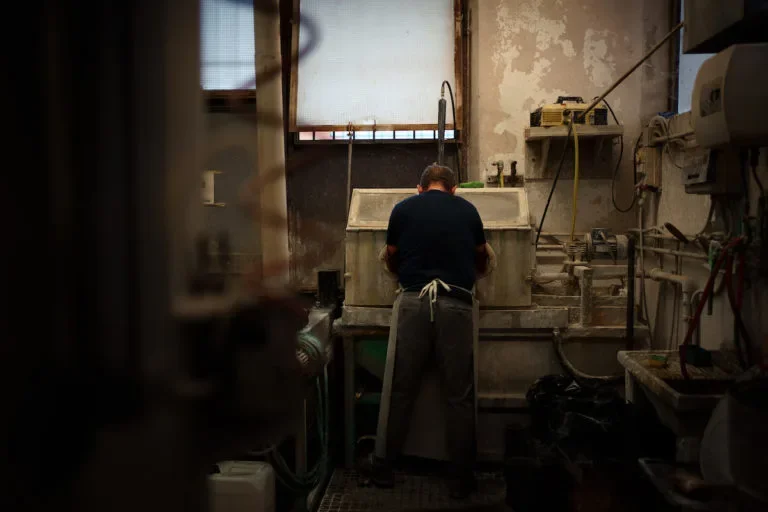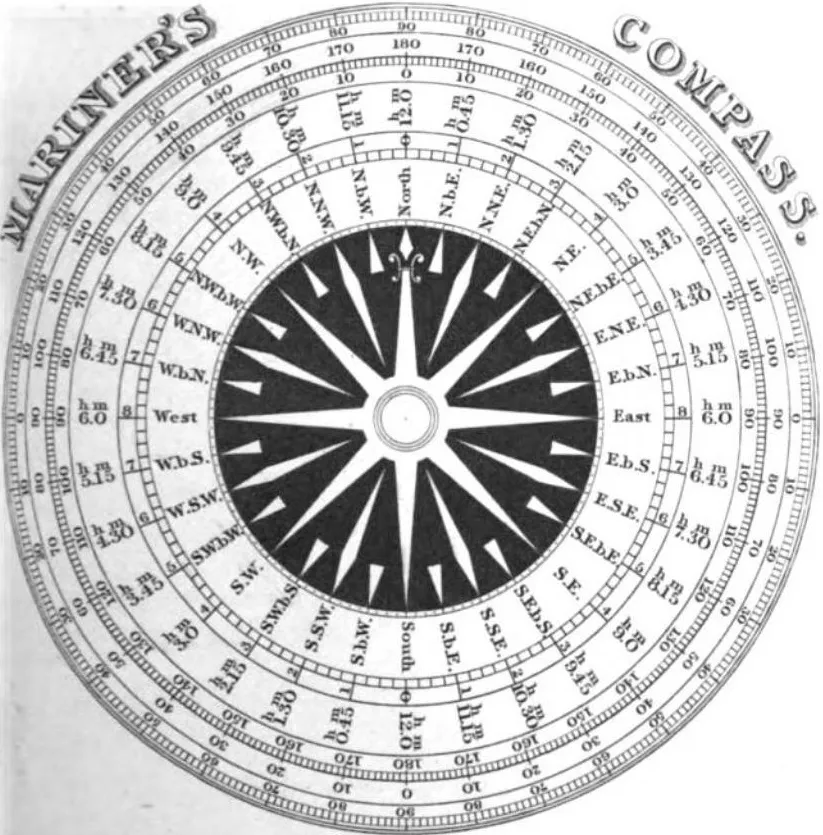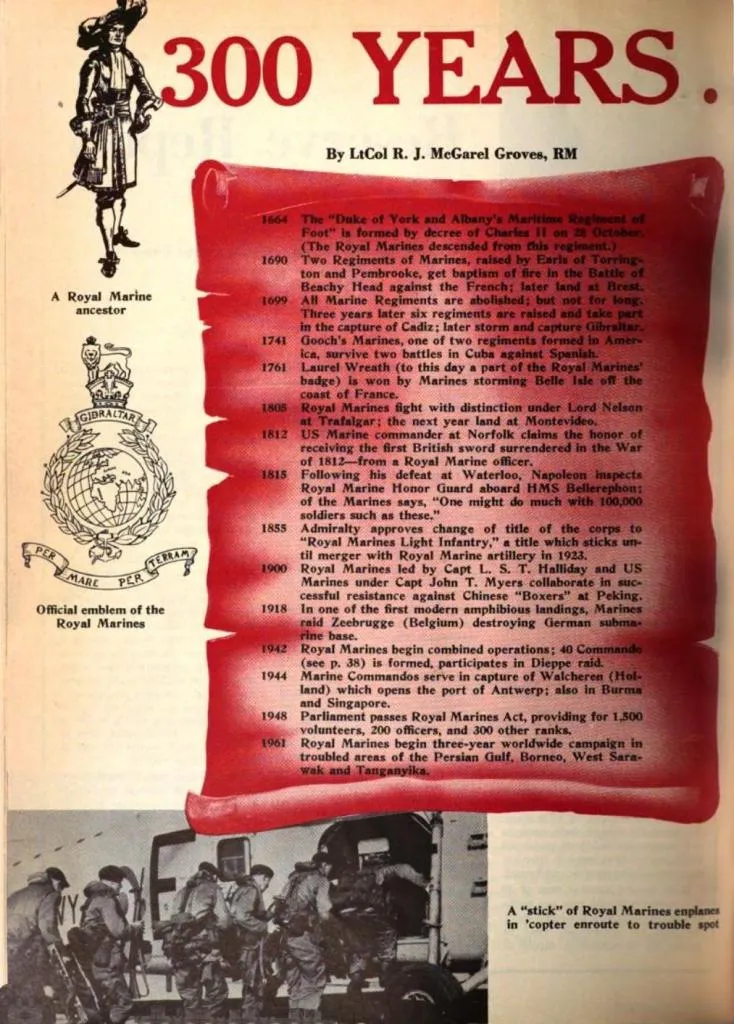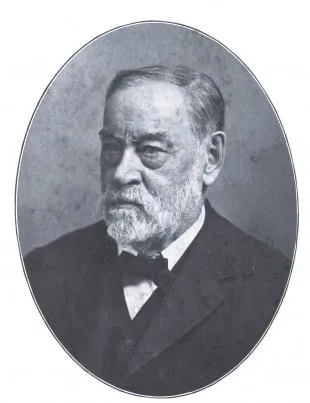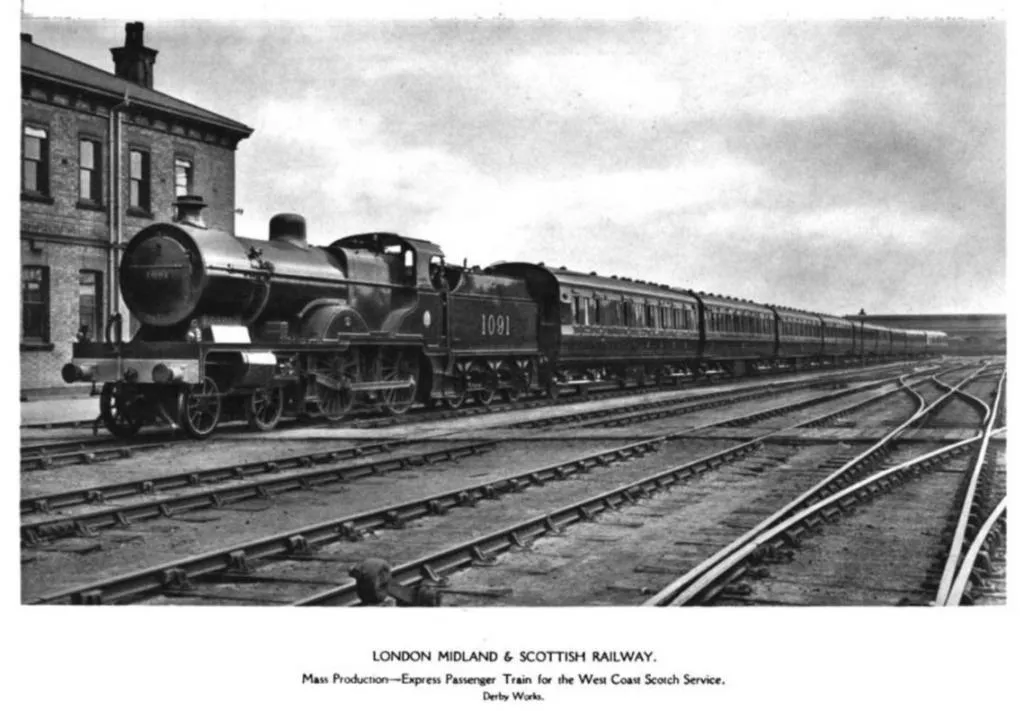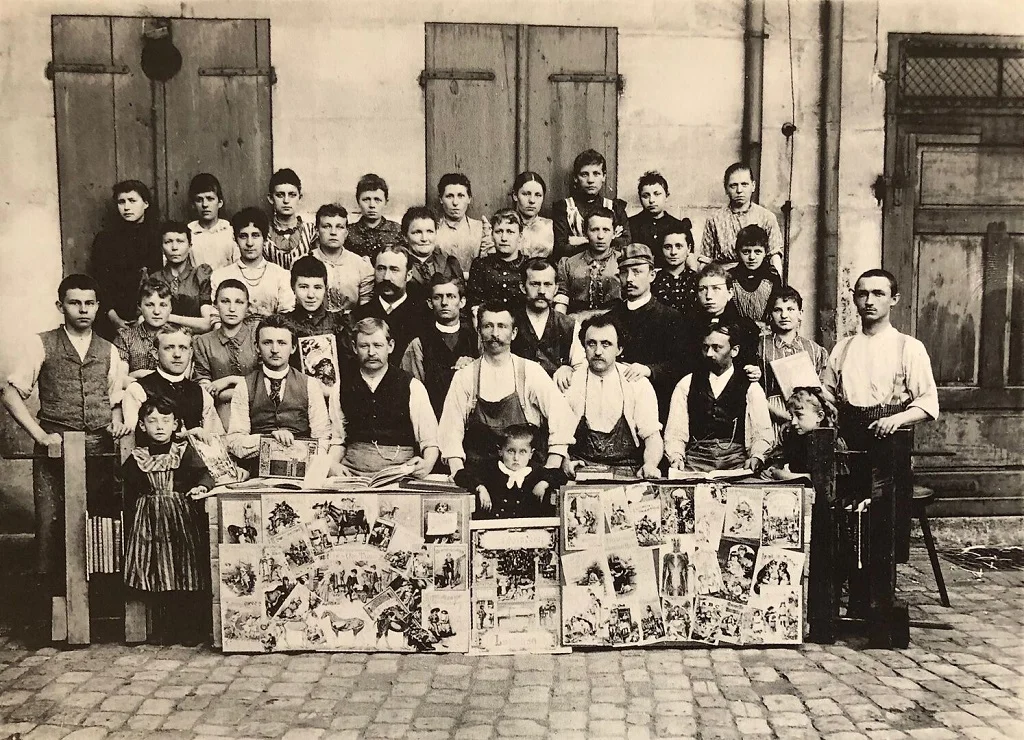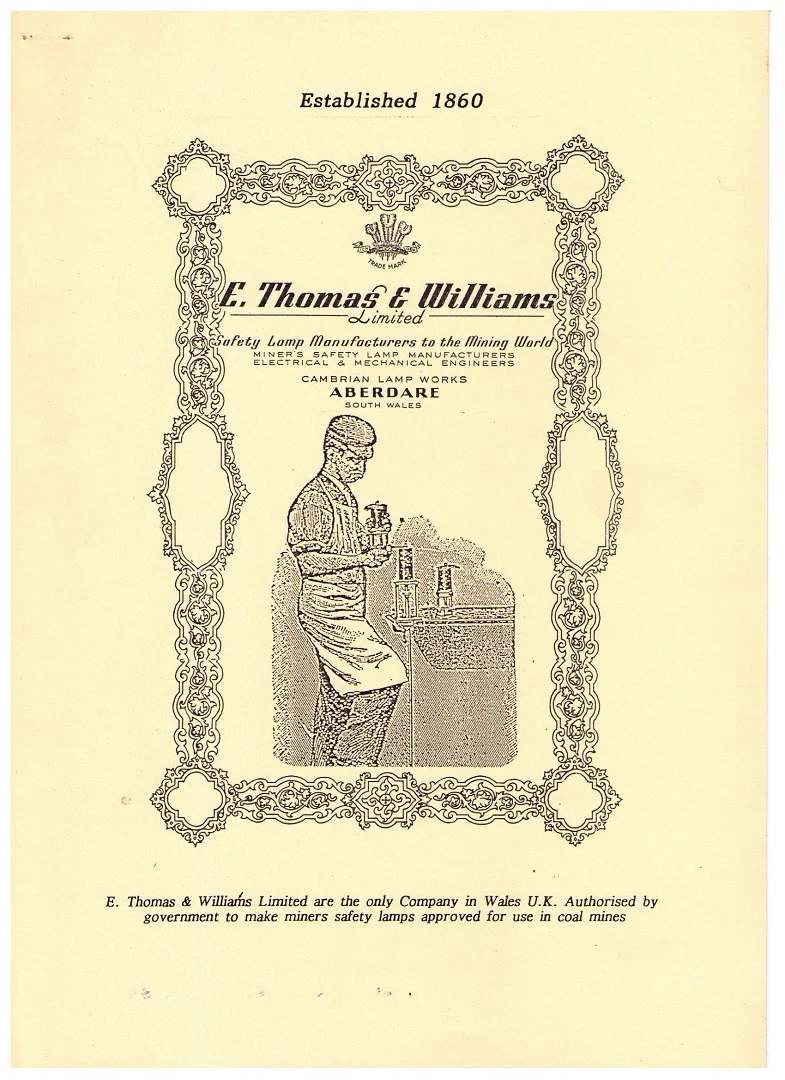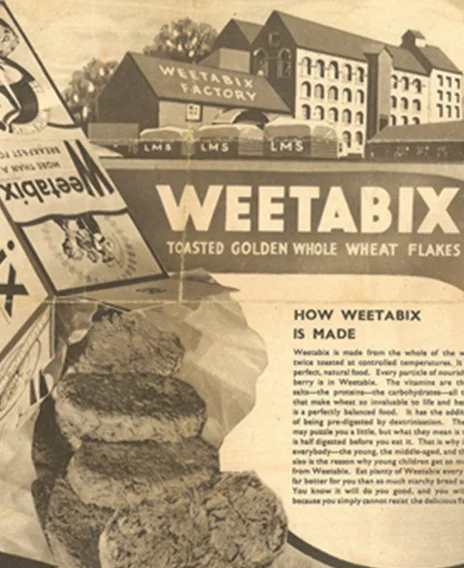The History and the Legacy of John Rabone & Sons

Discover the fascinating history of John Rabone & Sons, a pioneering manufacturer of precision tools and a cornerstone of Birmingham's industrial heritage.
From the bustling Hockley Abbey Works to their renowned craftsmanship in measuring tools, a comparison of English and American rules, and John Rabone’s passion for antiques, this article delves into the legacy of innovation, quality, and cultural influence that defined John Rabone & Sons.
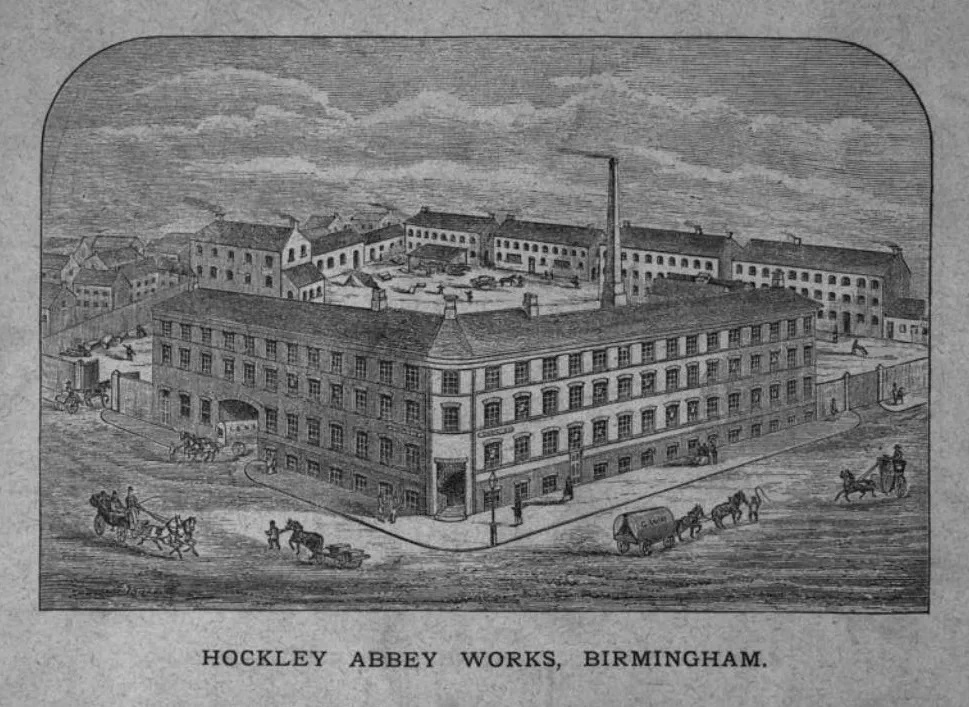
John Rabone & Sons, a name synonymous with precision and quality, played a pivotal role in the 19th-century industrial landscape of Birmingham. Founded in 1784, the company rose to prominence as one of the foremost manufacturers of boxwood, ivory, brass, and steel measuring tools. Their headquarters, the Hockley Abbey Works, became a beacon of ingenuity, influencing not only the local economy but also the global perception of British craftsmanship. This article delves into the fascinating history of the company, exploring its impact, products, and legacy.
The Hockley Abbey Works, illustrated in this detailed engraving, was the center of operations for John Rabone & Sons in the 19th century. Located in the industrial heart of Birmingham, the factory epitomized the efficiency and modernity of the era. The sprawling site featured workshops, administrative offices, and stockrooms where high-quality measuring instruments were meticulously crafted. The factory's layout reflects the bustling activity of a firm at the forefront of industrial innovation.
Precision Tools for the World
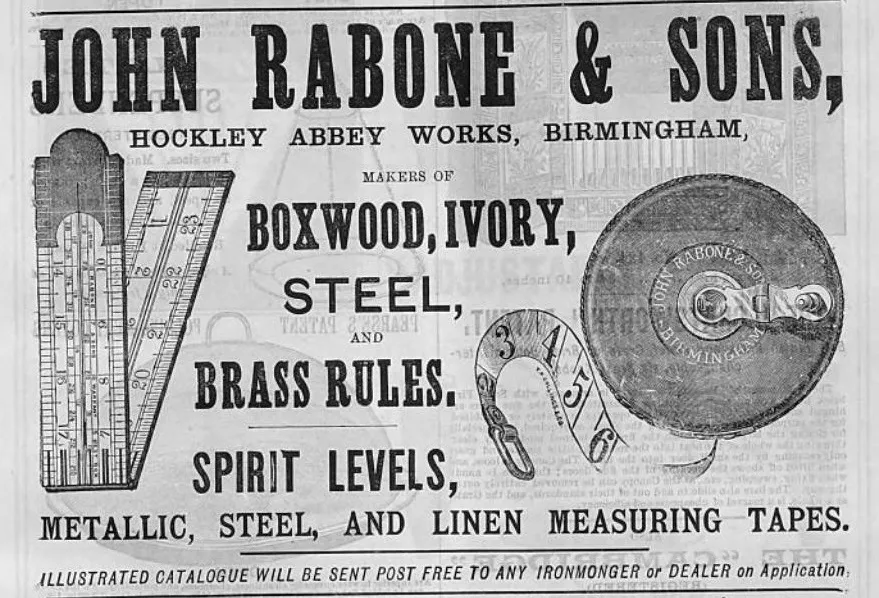
An advertisement from 1889 reveals the breadth of products offered by John Rabone & Sons. From boxwood and brass rules to spirit levels and measuring tapes, the company’s offerings were indispensable to professionals in engineering, construction, and surveying. This ad highlights their claim of unrivaled precision and durability, appealing to both domestic and international markets.
The Hockley Abbey Trademark
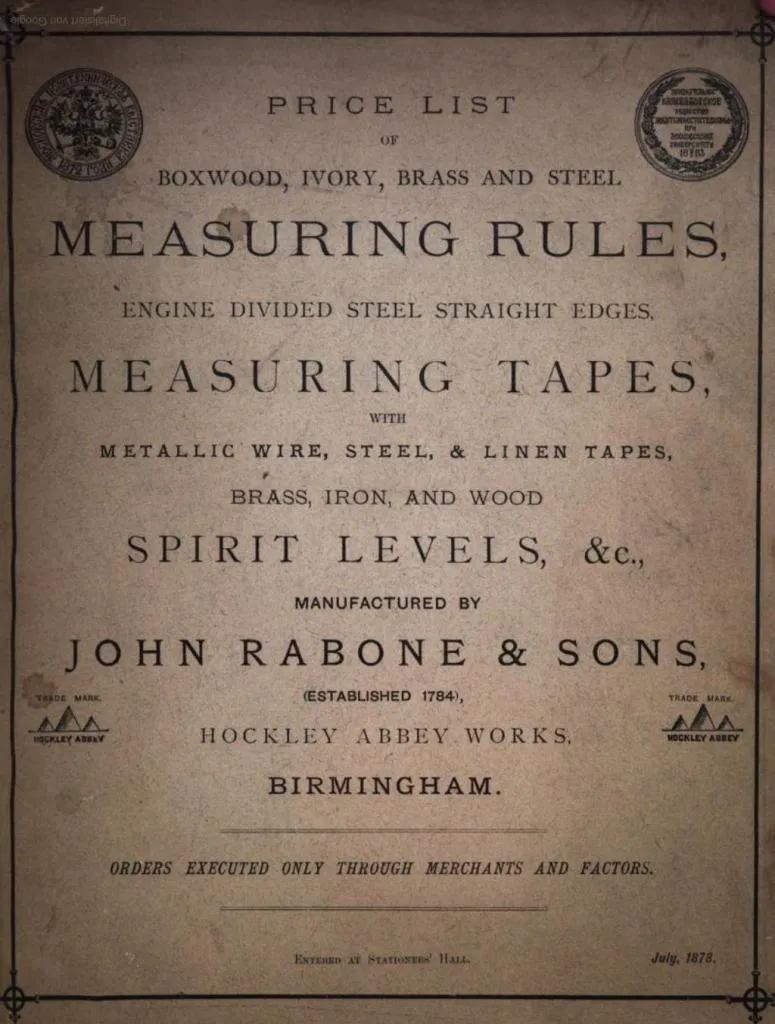
The price list from July 1878 provides a glimpse into the catalog of measuring rules, tapes, and spirit levels produced by the firm. With options ranging from simple boxwood rulers to intricately engineered spirit levels, the price list reflects the company’s commitment to meeting diverse customer needs. Rabone’s tools were prized not only for their functionality but also for their aesthetic appeal, with French-polished finishes enhancing their allure.
English vs. American Craftsmanship
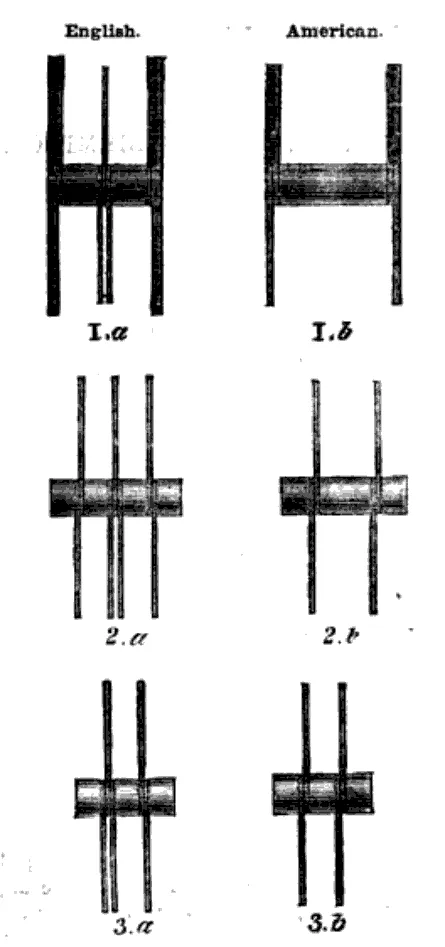
John Rabone & Sons prided themselves on the superiority of English manufacturing. Detailed comparisons between English and American rules, such as those shown here, emphasize Rabone’s edge in precision and craftsmanship. Their use of superior materials, attention to detail in joint design, and robust finishes set them apart in a competitive global market.
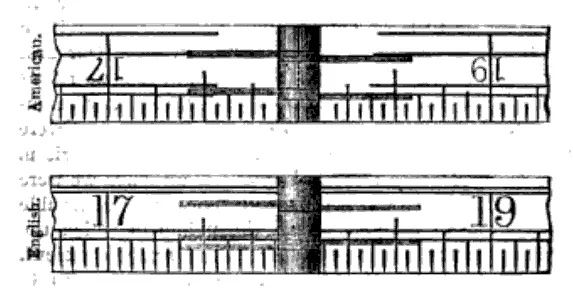
Birmingham’s Industrial Landscape
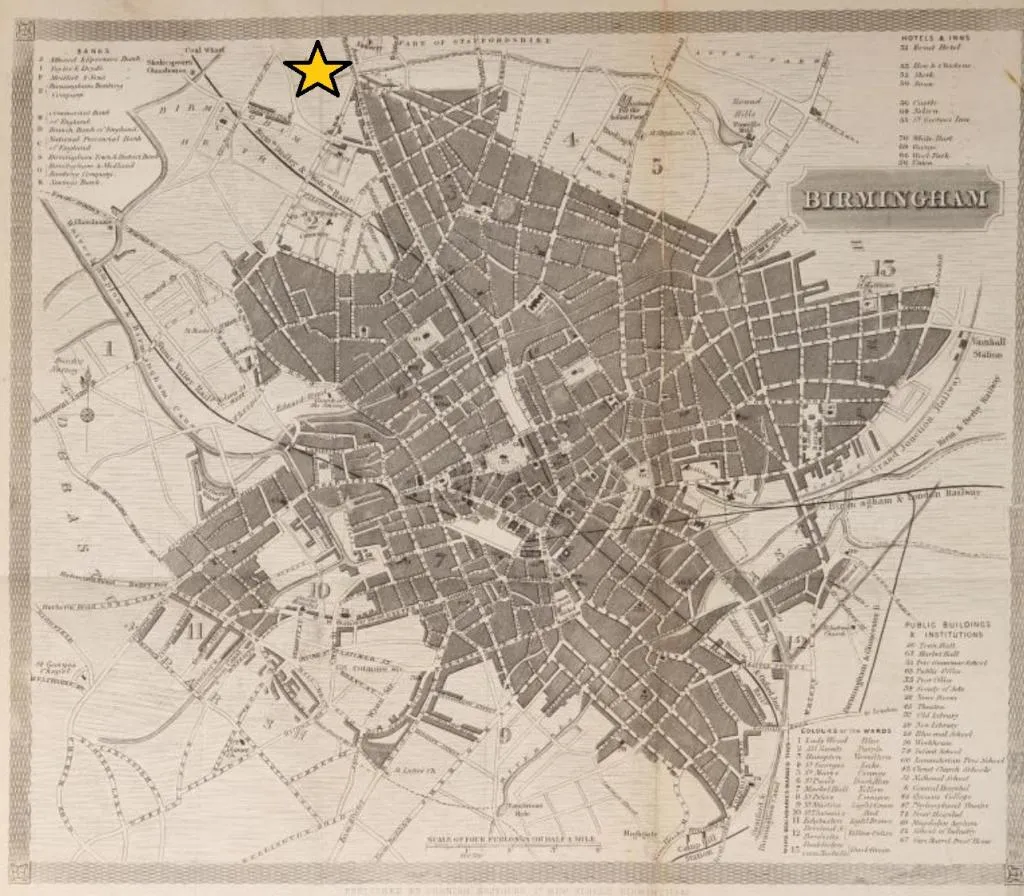
A map of Birmingham from 1853 pinpoints the location of the Hockley Abbey Works, providing context for the firm’s industrial prominence. Situated in one of the city’s busiest districts, the factory was perfectly positioned to leverage Birmingham’s thriving trade networks and skilled workforce.
A Closer Look: Spirit Levels and Measuring Tools
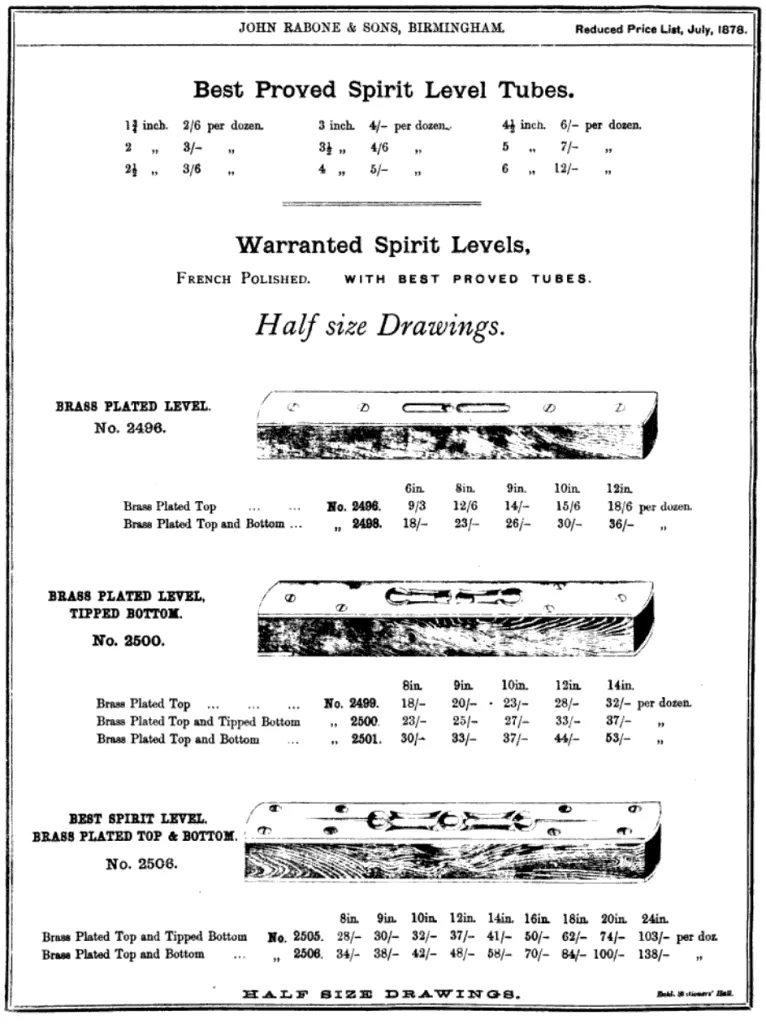
The intricate craftsmanship of Rabone’s spirit levels is evident in this detailed price list and accompanying drawings. Featuring French-polished finishes and precision tubes, these tools were essential for professionals requiring accurate measurements. Rabone’s focus on innovation is evident in the variety of sizes and designs offered, meeting the needs of various trades.
John Rabone: The Collector and Lecturer
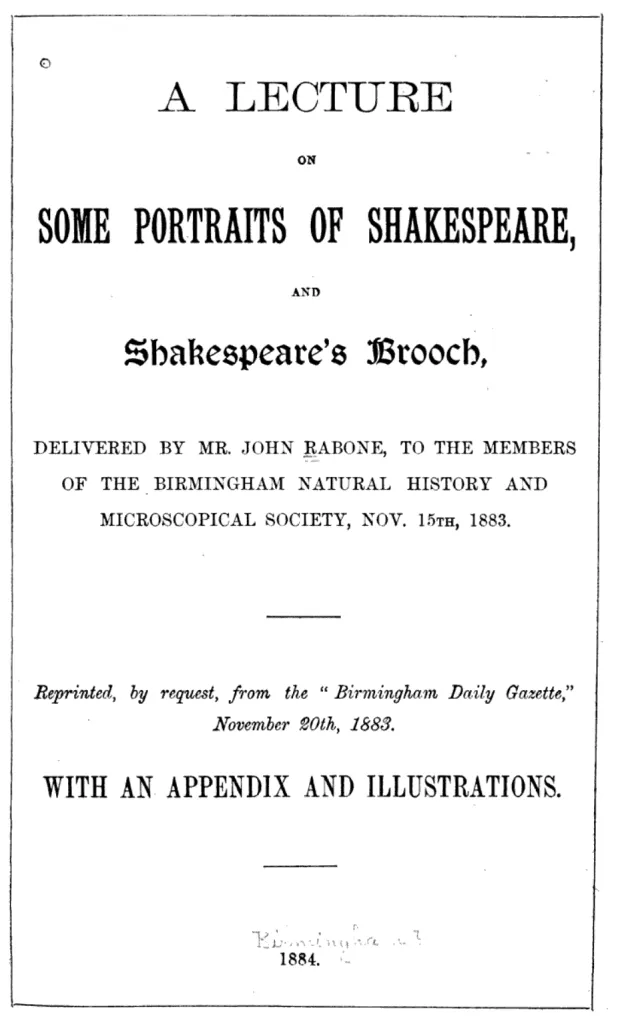
John Rabone’s influence extended beyond manufacturing. In 1883, he delivered a lecture on Shakespeare’s portraits and brooch, emphasizing his deep interest in history and antiquities. The brooch, discovered in 1828 at Shakespeare’s New Place, Stratford-on-Avon, was part of Rabone’s personal collection. His lecture, reprinted by request, reflects his commitment to preserving cultural heritage and educating the public.
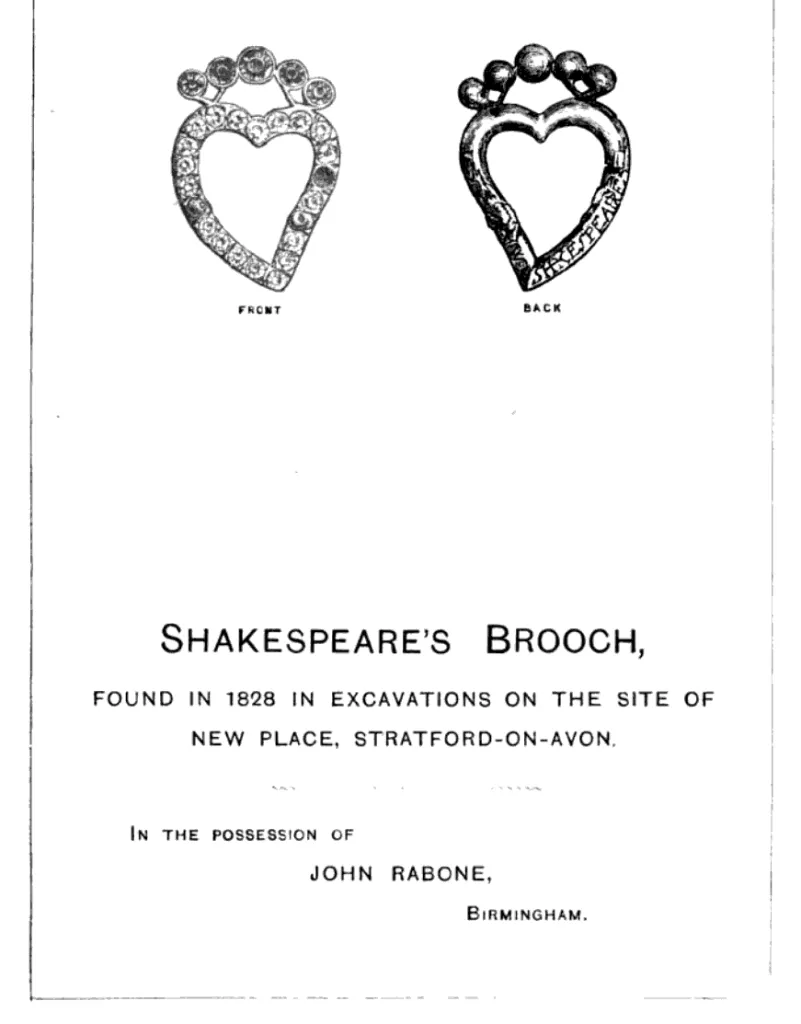
A Legacy Cemented in Craftsmanship
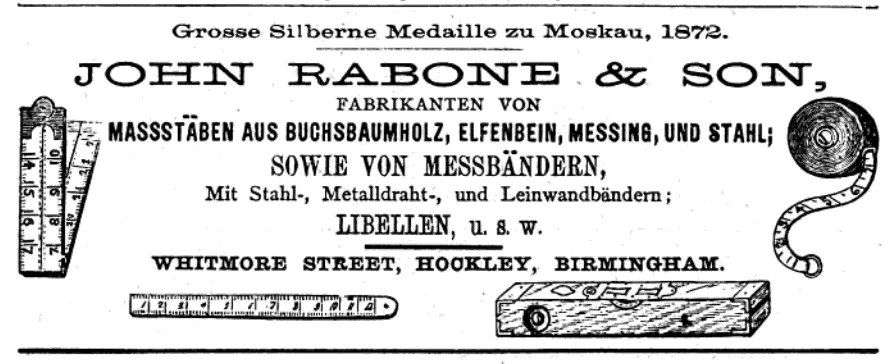
The contributions of John Rabone & Sons to the world of precision tools cannot be overstated. From their establishment in 1784 to their industrial achievements in the 19th century, they set benchmarks in quality and innovation that influenced generations of toolmakers. The Hockley Abbey Works stands as a testament to Birmingham’s industrial heritage and the enduring legacy of British manufacturing excellence.
The company remained in the family’s hands until 1963 when it merged with Chesterman’s of Sheffield.
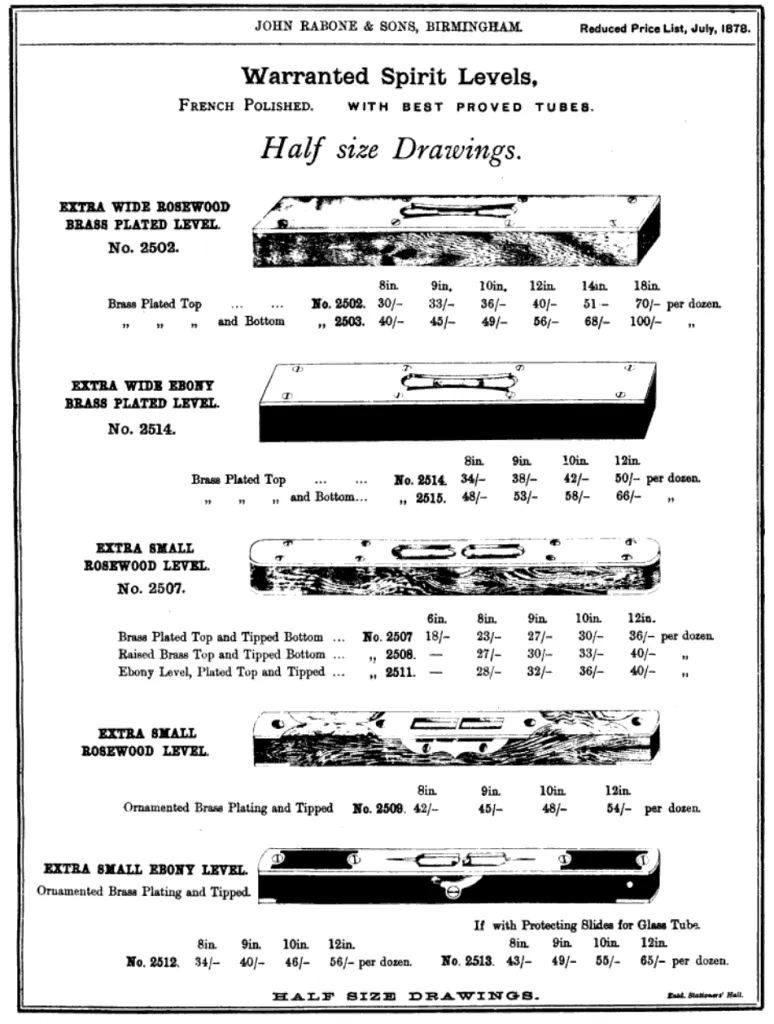
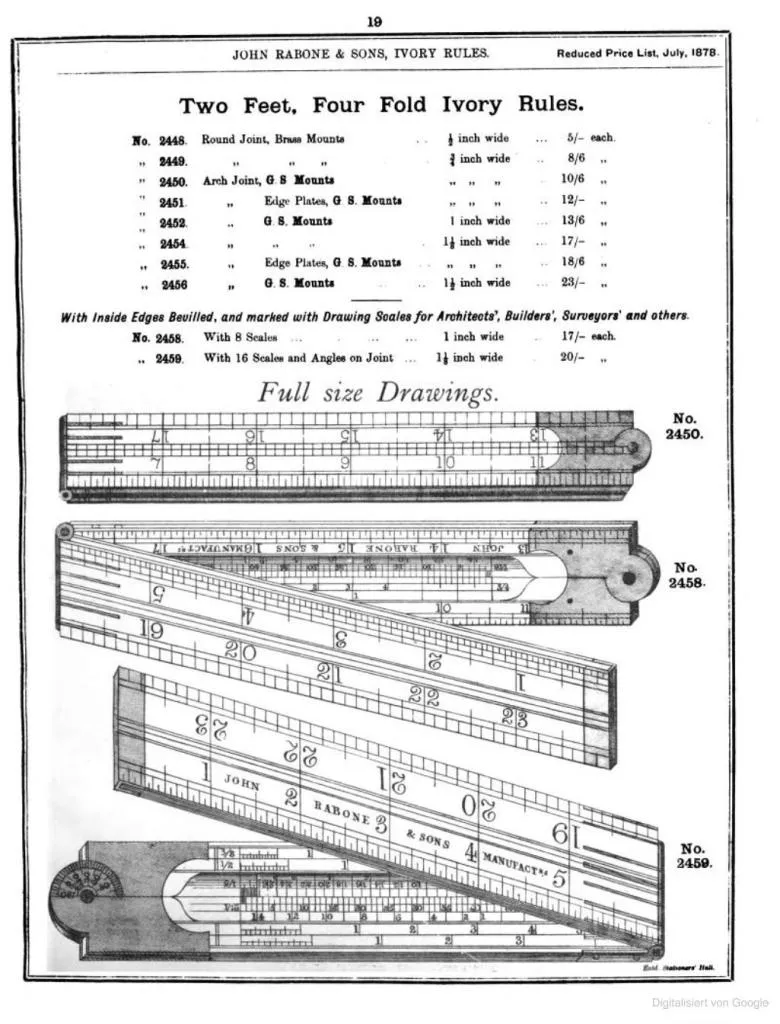
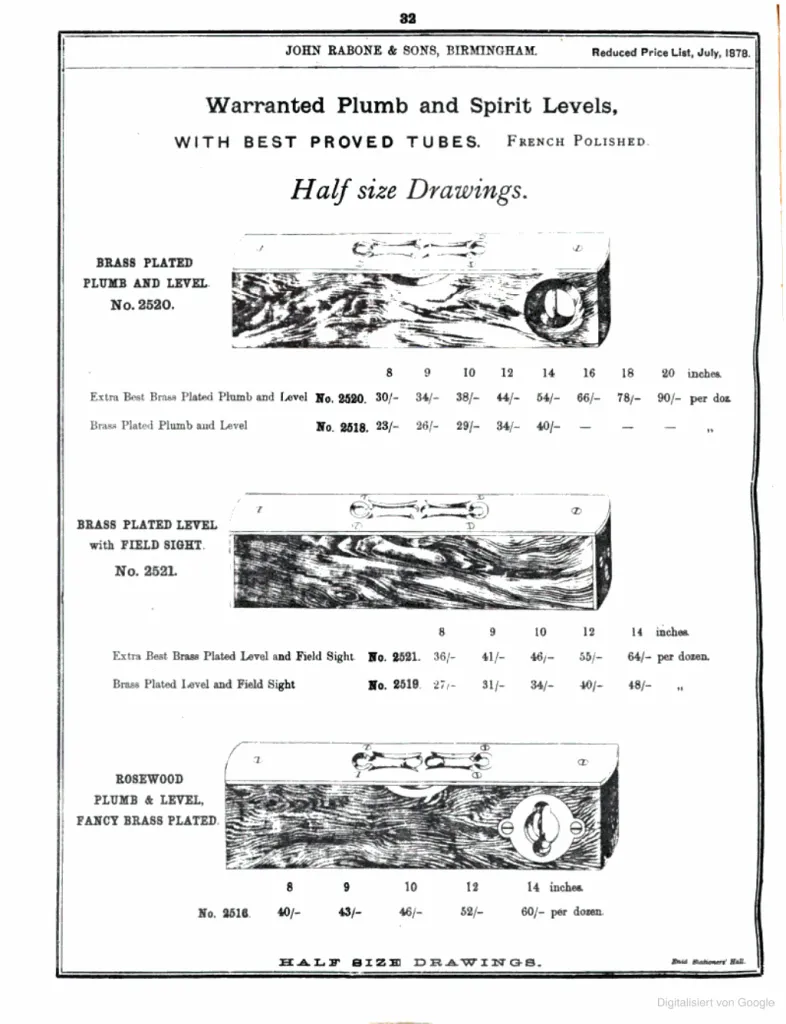
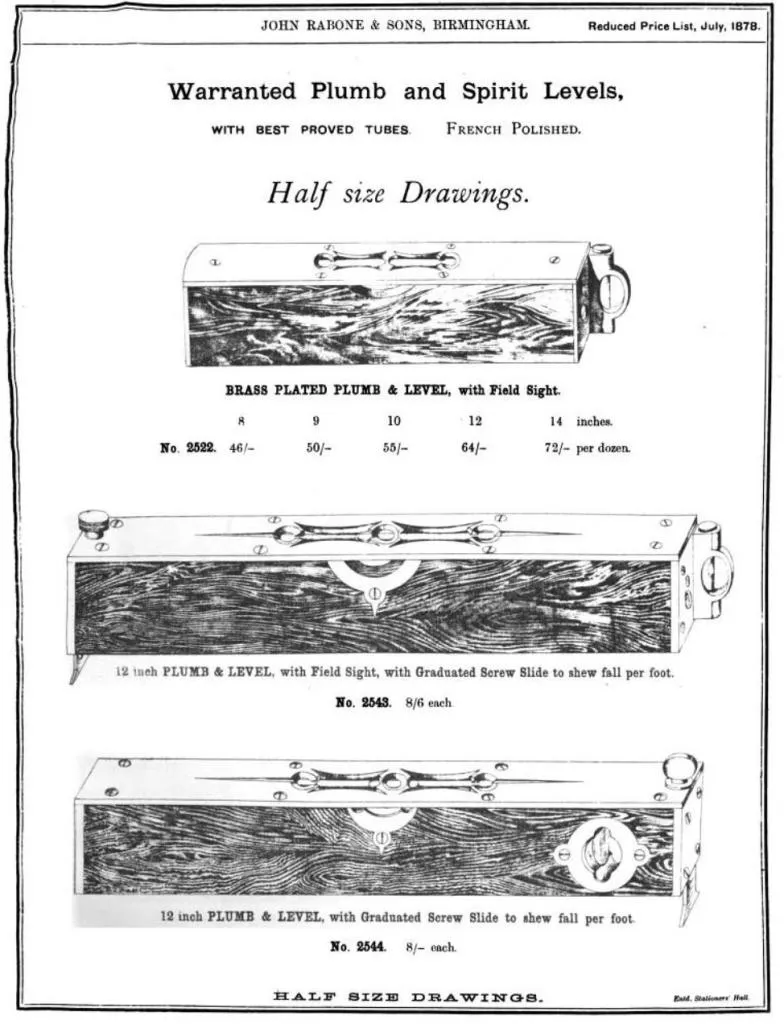
You may also like
Share this article
